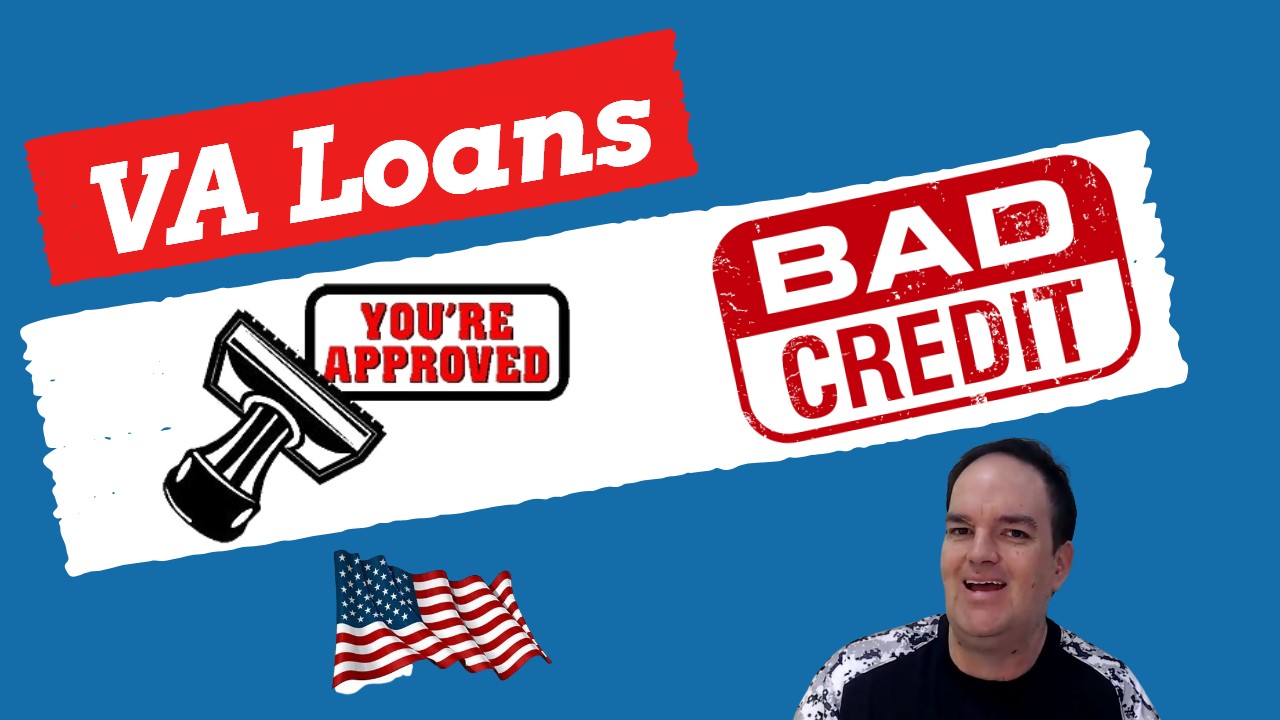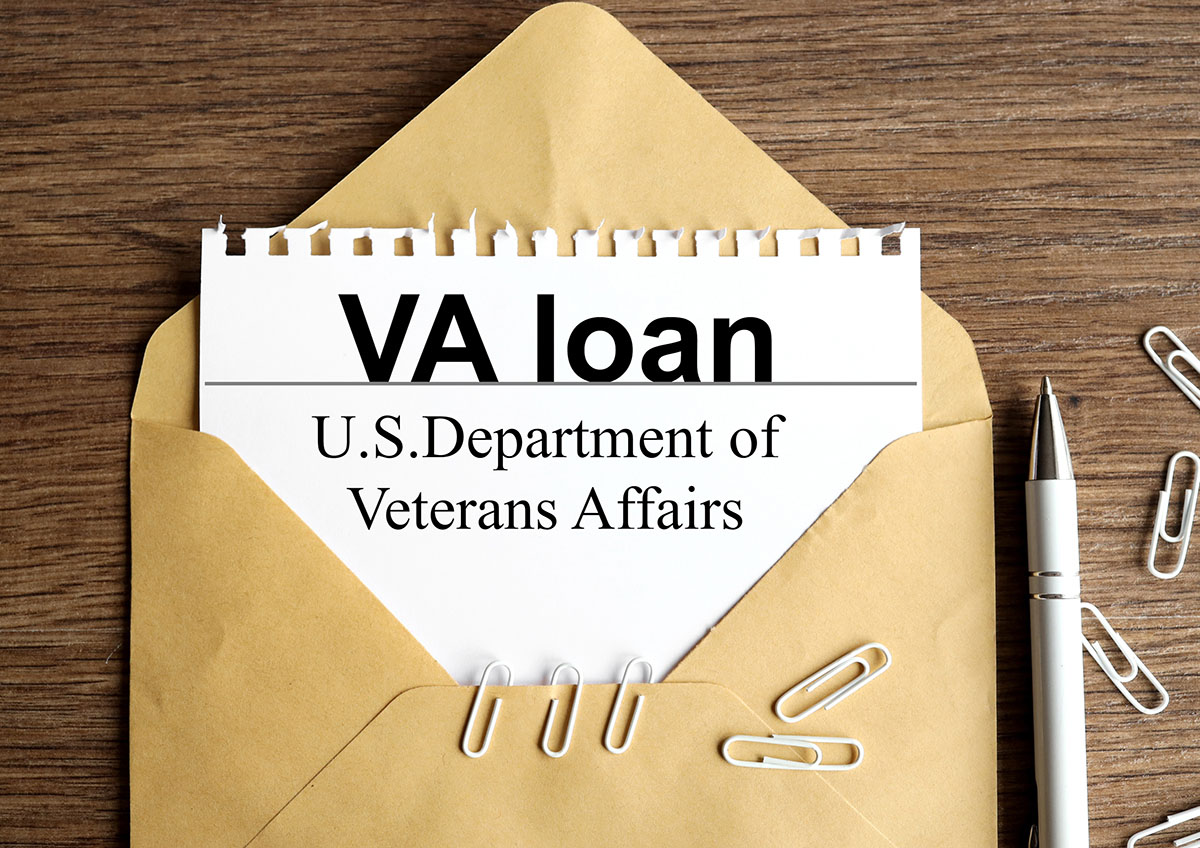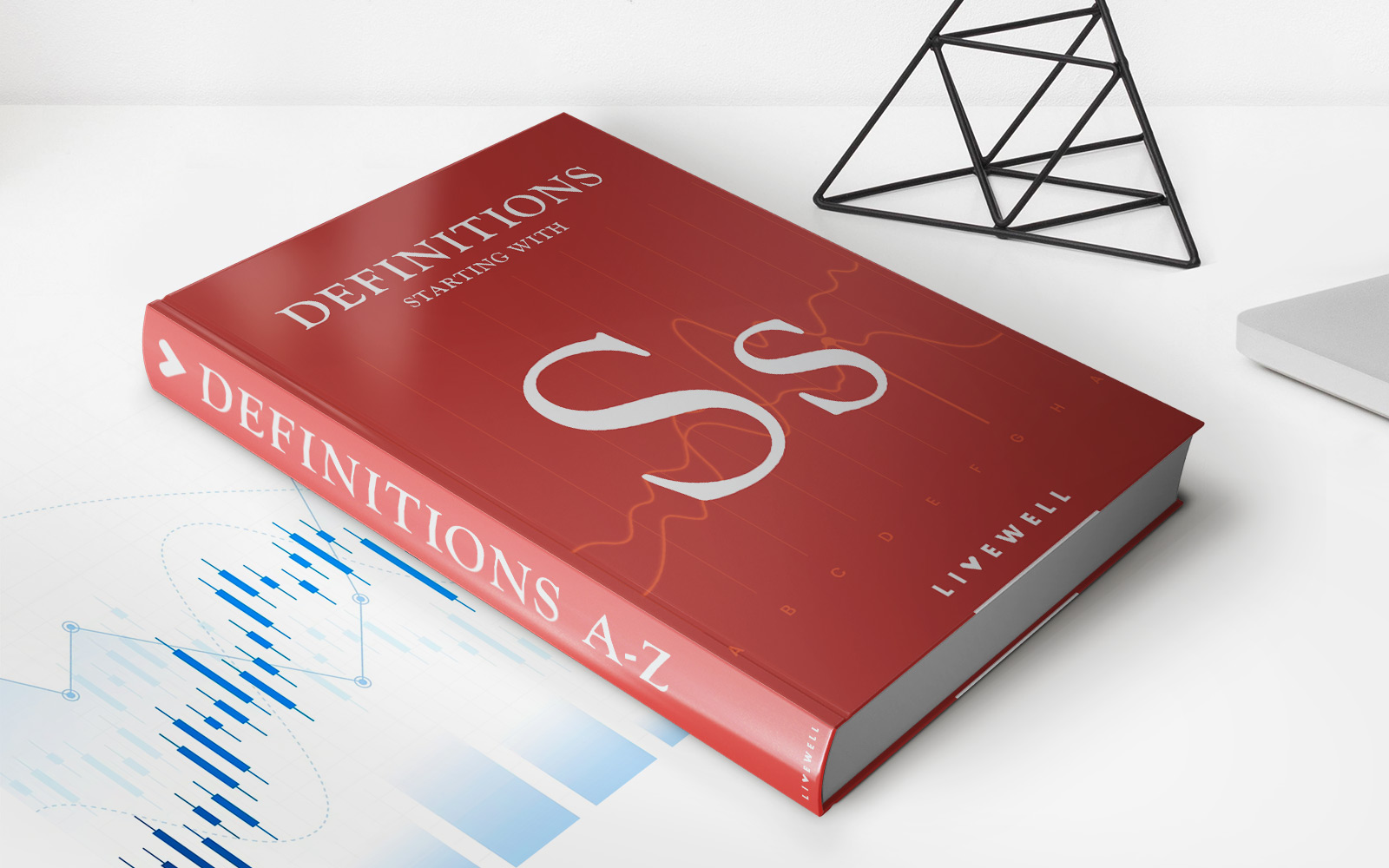

Finance
What Is The Max DTI For VA Loans?
Modified: February 21, 2024
Learn about the maximum debt-to-income ratio (DTI) for VA loans and how it can impact your finances. Understand the guidelines to secure a VA loan with a favorable DTI.
(Many of the links in this article redirect to a specific reviewed product. Your purchase of these products through affiliate links helps to generate commission for LiveWell, at no extra cost. Learn more)
Table of Contents
Introduction
Understanding Debt-to-Income Ratio (DTI) for VA Loans
When it comes to securing a VA loan, understanding the intricacies of the debt-to-income ratio (DTI) is crucial. The DTI is a vital component of the mortgage underwriting process, as it provides insight into an individual's financial capacity to manage monthly payments. For veterans and active-duty service members exploring the possibility of homeownership through a VA loan, comprehending the maximum DTI allowed is essential for a successful loan application.
The DTI represents the relationship between an individual's monthly debt payments and their gross monthly income. Lenders rely on this metric to assess an applicant's ability to take on additional financial obligations, such as a mortgage payment. By examining the proportion of income dedicated to servicing debts, lenders can gauge the level of risk associated with extending a loan.
In the context of VA loans, which are backed by the U.S. Department of Veterans Affairs, the DTI plays a pivotal role in the approval process. Veterans and service members with a clear understanding of the maximum DTI for VA loans can make informed decisions regarding their financial readiness to pursue homeownership.
This article delves into the intricacies of DTI for VA loans, shedding light on the maximum DTI allowed, exceptions to the standard guidelines, and essential considerations for prospective VA loan applicants. By exploring these facets, veterans and active-duty service members will gain valuable insights into the DTI requirements for VA loans, empowering them to navigate the loan application process with confidence and clarity.
Understanding DTI for VA Loans
Debt-to-Income Ratio (DTI) is a fundamental financial metric used by lenders to evaluate an individual’s ability to manage monthly mortgage payments in relation to their income and existing debt obligations. For VA loans, the DTI serves as a critical factor in the underwriting process, influencing the approval and terms of the loan.
Calculating the DTI involves assessing two primary components: the borrower’s gross monthly income and their recurring monthly debts. Gross monthly income encompasses all income sources before taxes and deductions, providing a comprehensive view of the borrower’s earning capacity. Recurring monthly debts include obligations such as car loans, credit card payments, student loans, and any other ongoing financial commitments.
The DTI is expressed as a percentage, with two distinct calculations: the front-end DTI and the back-end DTI. The front-end DTI focuses solely on housing-related expenses, specifically the proposed mortgage payment, property taxes, homeowners insurance, and homeowner association fees. In contrast, the back-end DTI incorporates the total monthly debt obligations, encompassing both housing-related expenses and other recurring debts.
For VA loans, understanding the nuances of DTI is paramount, as it directly impacts the approval process. Lenders assess the DTI to ascertain the borrower’s financial stability and the likelihood of timely mortgage payments. A lower DTI percentage indicates a more favorable financial position, signaling to lenders that the borrower has ample income to cover existing debts and the proposed mortgage payment.
By comprehending the significance of DTI for VA loans, veterans and active-duty service members can proactively manage their financial profile to meet the established DTI thresholds, thereby enhancing their eligibility for VA loan approval. Moreover, a clear understanding of DTI empowers prospective borrowers to make informed decisions regarding their financial readiness to embark on the homeownership journey through a VA loan.
Maximum DTI for VA Loans
For VA loans, the maximum allowable debt-to-income ratio (DTI) is a crucial parameter that directly influences the approval of loan applications. The standard maximum DTI threshold for VA loans is 41%. This means that the total monthly debts, including the projected mortgage payment, property taxes, homeowners insurance, and other recurring obligations, should not exceed 41% of the borrower’s gross monthly income.
While the 41% DTI limit serves as the general guideline for VA loans, there is flexibility within this framework. Lenders may exercise discretion in certain cases, considering higher DTI ratios, provided the borrower presents compensating factors that demonstrate a strong capacity to manage mortgage payments responsibly.
Compensating factors that can influence a lender’s decision to accept a higher DTI ratio include a significant cash reserve, a history of substantial and consistent income, a high credit score, and a demonstrated ability to manage financial responsibilities effectively. These factors provide lenders with confidence in the borrower’s financial stability, mitigating the perceived risk associated with a higher DTI.
It is essential for veterans and service members seeking VA loans to maintain a clear understanding of the maximum DTI threshold and the potential impact of compensating factors on loan approval. By aligning their financial profile with the established DTI parameters and presenting compelling compensating factors, applicants can enhance their prospects of securing VA loan approval, even with a DTI ratio that slightly exceeds the standard threshold.
Furthermore, engaging in proactive financial management, such as reducing existing debts and enhancing income stability, can position applicants for favorable consideration, reinforcing their eligibility for VA loan approval within the defined DTI parameters.
Exceptions and Considerations
While the standard maximum debt-to-income ratio (DTI) for VA loans is set at 41%, there are exceptions and vital considerations that can impact the DTI threshold and loan approval process for veterans and active-duty service members.
One significant consideration involves the potential for a higher DTI ratio with manual underwriting. In cases where the automated underwriting system does not provide an approval due to elevated DTI ratios, lenders have the option to pursue manual underwriting. Manual underwriting allows for a more holistic assessment of the borrower’s financial profile, considering factors beyond the DTI ratio, such as residual income, credit history, and compensating factors.
Residual income, which represents the funds available to the borrower after accounting for major expenses, holds substantial weight in manual underwriting for VA loans. Lenders evaluate residual income to ensure that borrowers have sufficient funds to cover living expenses and maintain a comfortable standard of living after meeting their debt obligations, including the proposed mortgage payment.
Additionally, veterans with a DTI exceeding 41% can bolster their loan application by showcasing strong compensating factors. These factors may include a robust employment history, a substantial cash reserve, a history of consistent income growth, or evidence of prudent financial management despite the higher DTI ratio. By presenting compelling compensating factors, applicants can demonstrate their ability to manage mortgage payments effectively, potentially offsetting the impact of a higher DTI on the loan approval process.
It is crucial for veterans and service members navigating the VA loan application process to engage with knowledgeable lenders who understand the nuances of VA loan underwriting, including the potential for exceptions and considerations regarding DTI thresholds. By collaborating with experienced professionals, applicants can receive tailored guidance and explore options that align with their unique financial circumstances, optimizing their prospects for VA loan approval.
Furthermore, proactive financial management, such as reducing non-essential debts and enhancing income stability, can contribute to a more favorable DTI ratio, reinforcing the overall financial readiness and eligibility for VA loan approval.
Conclusion
Understanding the debt-to-income ratio (DTI) for VA loans is a pivotal aspect of the homeownership journey for veterans and active-duty service members. The DTI serves as a critical determinant in the VA loan underwriting process, influencing loan approval and terms. By delving into the intricacies of DTI for VA loans, individuals gain valuable insights into the maximum DTI threshold, exceptions, and essential considerations that shape the loan application experience.
For VA loans, the standard maximum DTI threshold is set at 41%, delineating the proportion of a borrower’s gross monthly income that can be allocated to recurring debts, including the proposed mortgage payment. However, the flexibility inherent in the VA loan program allows for exceptions and considerations that can impact the DTI threshold, offering opportunities for borrowers with higher DTI ratios to present compelling factors for loan approval.
Exceptions such as manual underwriting and the evaluation of residual income provide avenues for a comprehensive assessment of a borrower’s financial capacity, extending beyond the constraints of automated underwriting systems. Additionally, the presentation of strong compensating factors, such as a robust employment history, a substantial cash reserve, or consistent income growth, can positively influence the loan approval process, even in cases where the DTI exceeds the standard threshold.
By proactively managing their financial profile, reducing existing debts, and showcasing stability in income and employment, veterans and service members can enhance their eligibility for VA loan approval, aligning their financial readiness with the established DTI parameters. Engaging with experienced lenders who possess a deep understanding of VA loan underwriting can further empower applicants to navigate the complexities of DTI thresholds and secure favorable outcomes in the loan application process.
Ultimately, a comprehensive comprehension of DTI for VA loans equips veterans and active-duty service members with the knowledge and strategies necessary to position themselves for homeownership success through the VA loan program. By leveraging the nuances of DTI, exploring exceptions, and presenting compelling factors, individuals can embark on their homeownership journey with confidence, supported by a thorough understanding of the DTI requirements for VA loans.














